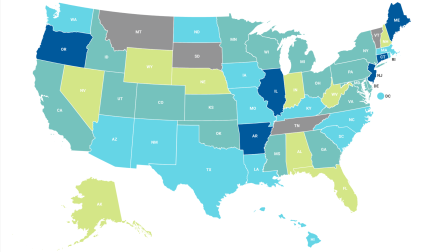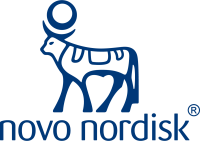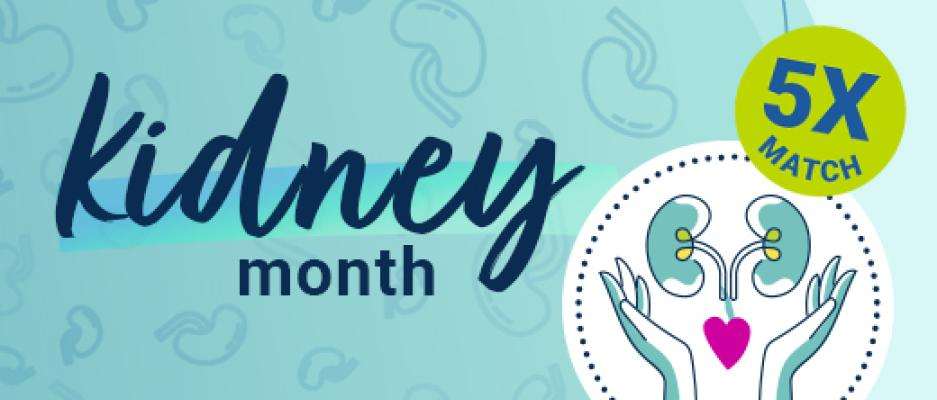
Primary hyperoxaluria and oxalate: Symptoms, causes and treatment
- Medically reviewed by
- AKF's Medical Advisory Committee
- Last updated
- March 20, 2025
Primary hyperoxaluria (pronounced preye-merr-ee heye-per-oxal-yur-ee-a) is a rare liver disease. The liver is an organ that converts everything you eat or drink into nutrients and gets rid of toxins. With primary hyperoxaluria, your liver does not make enough of a certain protein to prevent oxalate (a natural chemical in your body) from building up in your body. Oxalate builds up in the kidneys and causes kidney stones and kidney damage.
What is primary hyperoxaluria (PH)?
Primary hyperoxaluria (PH) is a rare liver disease that causes oxalate to build up in your body and damage your kidneys. Oxalate is a natural chemical in your body and in some foods. With PH, your liver does not make enough of a certain protein to prevent oxalate from building up.
Types of PH
There are 3 types of PH:
| Type 1 (PH1) | Type 2 (PH2) | Type 3 (PH3) | |
|---|---|---|---|
| How common is this type of PH? | Most common. 80% (8 in 10) of people with a PH diagnosis have PH1. | About 10% (1 in 10) of people with a PH diagnosis have have PH2. | About 10% (1 in 10) of people with a PH diagnosis have have PH3. |
| When do symptoms usually start? | As a child or teen | As a child | As a child |
| What are the symptoms? |
|
|
|
| What causes it? | A mutation (change) in the gene called AGXT. This prevents your liver from making enough of the protein called alanine-glyoxylate aminotransferase (AGT). | A mutation (change) in the gene called GRHPR. This prevents your liver from making enough of the protein called glyoxylate/hydroxypyruvate reductase (GR/HPR). | A mutation (change) in the gene called HOGA1. This prevents your liver from making enough of the protein called 4-hydroxy-2-oxoglutarate aldolase (HOGA). |
Secondary hyperoxaluria
Secondary hyperoxaluria, also called enteric hyperoxaluria, is more common than PH. When people with an intestinal problem, such as Crohn's disease, eat too many foods that are high in oxalate, their bodies absorb too much oxalate and it can cause secondary hyperoxaluria.
What causes PH and who can get it?
PH is a genetic disease. This means that it is caused by a mutation (change) in a gene. People who have PH were born with it.
To have PH, you must have 2 copies of a mutated gene that causes PH: one from each of your parents. If each parent has only 1 copy of a mutated gene that causes it, they will not have PH, but can pass it down (called a carrier). Each of their children has a 25%, or 1 in 4, chance of having PH.
If you have a blood-related family member with PH, you are more likely to have PH or carry a mutated gene that causes it.
How does PH cause kidney disease?
Your kidneys remove oxalate from your body through urine (pee). When oxalate levels are high, the extra oxalate combines with calcium in your kidneys to form kidney stones and calcium oxalate crystals in your urine. Over time, kidneys stones and crystals damage your kidneys and can cause them to stop working (which is called kidney failure).
When your kidneys fail, they can no longer remove oxalate through urine. The oxalate can then build up in other areas of your body. This is called oxalosis and can cause more serious health problems, such as:
- Bone disease
- Blood problems
- Heart problems
- Skin problems, such as skin ulcers (open sores)
- Nerve problems, such as pain
What are the symptoms of PH?
The most common symptoms of PH are:
- Kidney stones - with PH, most people have kidney stones by age 20
- Calcium oxalate crystals in your urine
Symptoms of a kidney stone and calcium oxalate crystals in your urine include:
- Pain when urinating
- Blood in your urine
- Sharp pain in your back or lower belly
- Feeling sick to your stomach or throwing up
How will I know if I have PH?
If you have kidney stones or any of the symptoms above, talk to your doctor. If they think PH may be causing your symptoms, they can do these tests to see if you have PH:
- Urine tests to measure the levels of oxalate or look for crystals
- Blood tests to see oxalate levels in your blood and check how well your kidneys are working
- Genetic (DNA) tests to see if you have the gene that causes PH – this can help you understand the chance of passing PH to your children
- Kidney x-ray or ultrasound
Some people may not find out they have PH until their kidneys fail and they need dialysis.
How is PH treated?
The goal of treatment is to lower the level of oxalate in your body and prevent it from building up in your kidneys. Your doctor may suggest you:
- Take medicines to:
- Lower the buildup of calcium oxalate crystals in the body – your doctor may prescribe potassium citrate or neutral phosphorus
- Lower the amount of oxalate your liver makes – your doctor may prescribe lumasiran if you have PH1 and/or vitamin B6 (pyridoxine) in some patients with PH
- Lower oxalate levels in your urine –your doctor may prescribe nedosiran
- Drink enough fluids to prevent kidney stones and crystals from forming – most people should drink 8 to 12 cups of fluid a day. If you have kidney disease and need to limit fluids, ask your doctor how much fluid you should have each day.
- In some patients with PH, your doctor or dietitian may recommend that you follow a healthy eating plan that:
- Avoids foods high in oxalate, such as spinach, chocolate, potatoes and nuts
- Adds foods high in calcium, such as milk, yogurt and cheese. Calcium binds to oxalate to prevent oxalate from building up in the kidneys.
Make sure to work with your doctor or dietitian before making any changes to your diet. Diet changes may not be very helpful for many patients with PH.
If you have a kidney stone or kidney failure, your doctor will talk with you about ways to treat them.
Watch
Rare Disease Chat - Understanding primary hyperoxaluria
We partnered with the Oxalosis & Hyperoxaluria Foundation for a chat about primary hyperoxaluria and understanding rare diseases.
If kidney stones run in your family, it may be important for you to get tested for a rare disease called primary hyperoxaluria. Here, learn from a nephrologist, a patient and a parent of a child with PH.
Talk to your family about primary hyperoxaluria
Download this guide for tips on how to explain PH to your family members and start a conversation about the importance of getting tested
Download an infographic
Download an infographic about primary hyperoxaluria and your kidneys.
Where can I learn more about PH?
You can learn more about PH at the links below:
- Ohf.org. The Oxalosis & Hyperoxaluria Foundation (OHF) is dedicated to finding treatments and a cure for all types of hyperoxaluria. The website has information to learn more about diagnosis, treatment and research on hyperoxaluria.
- Understandingph.com. This Novo Nordisk website answers common questions about PH1 for patients and caregivers.
- Hyperoxaluria Fund. Assistance with the prescription drugs and biologics used in the treatment and management of Hyperoxaluria.
- Global Genes Allies in Rare Disease
This content was developed in partnership with the Oxalosis & Hyperoxaluria Foundation and Novo Nordisk.




